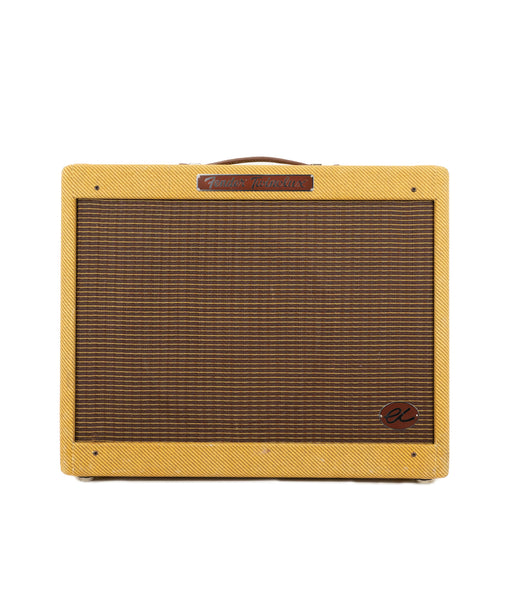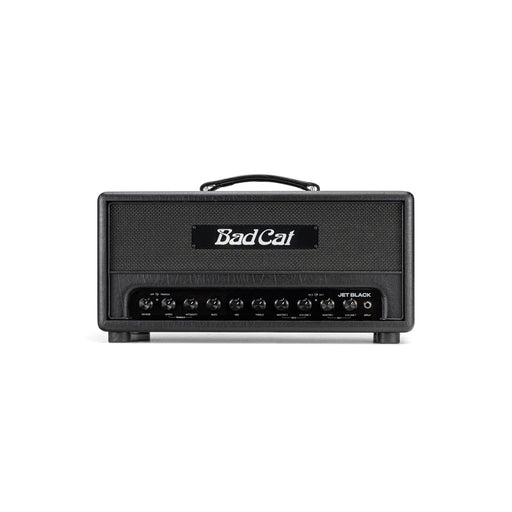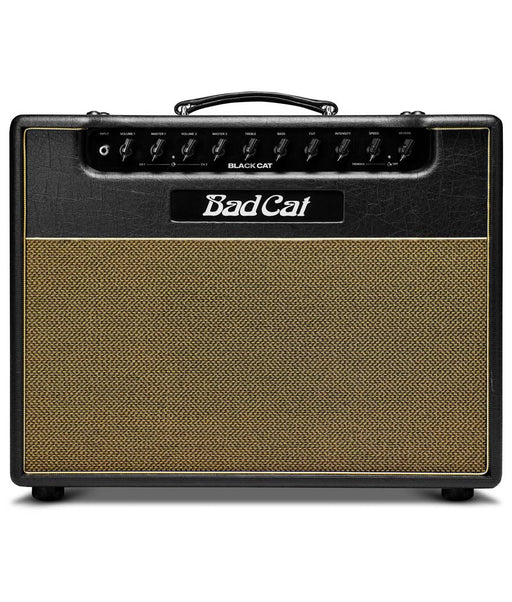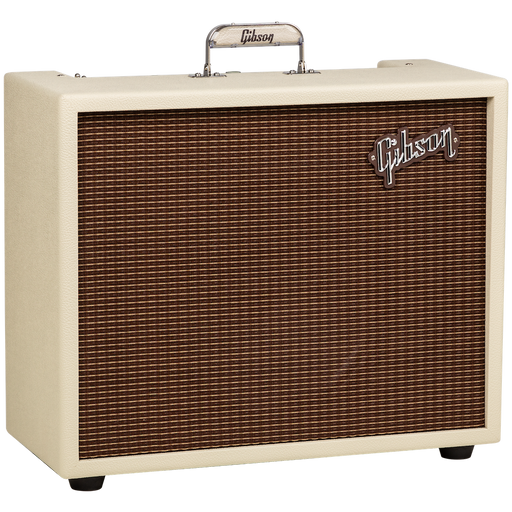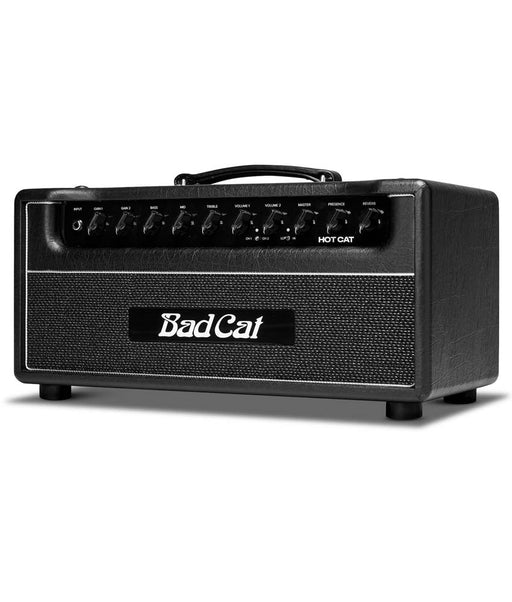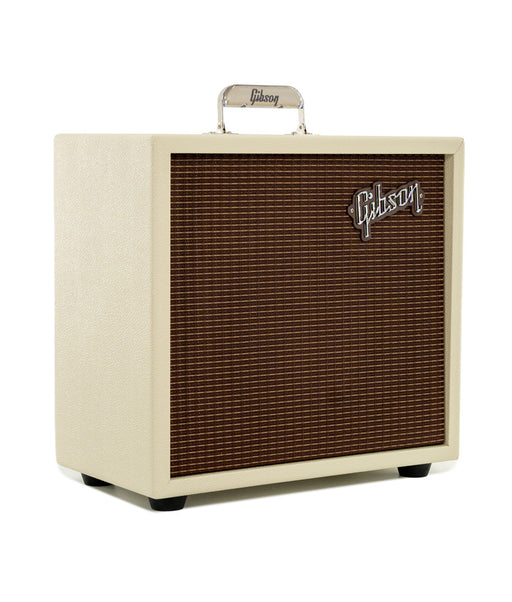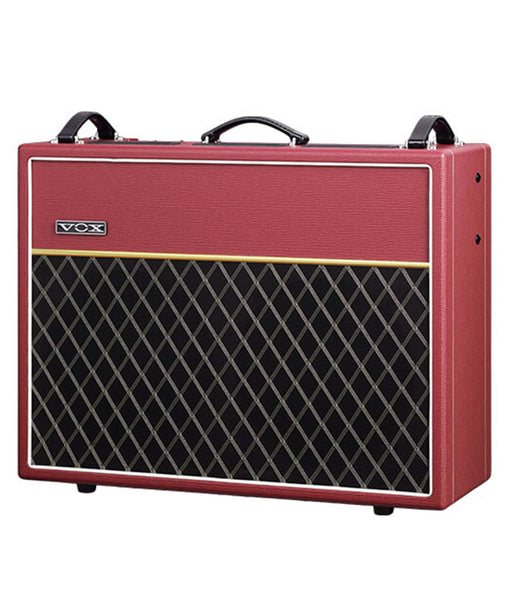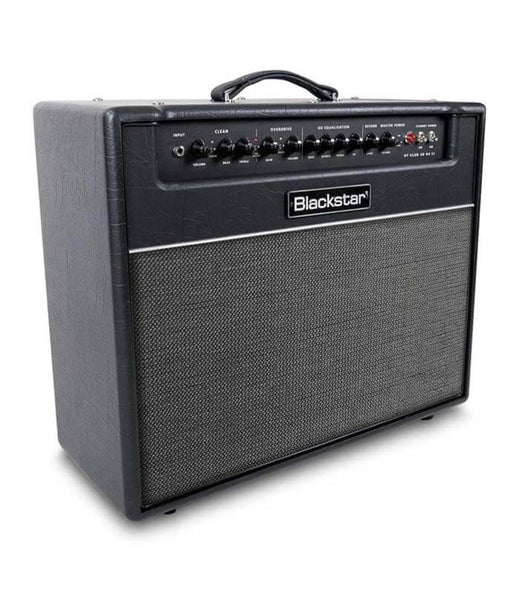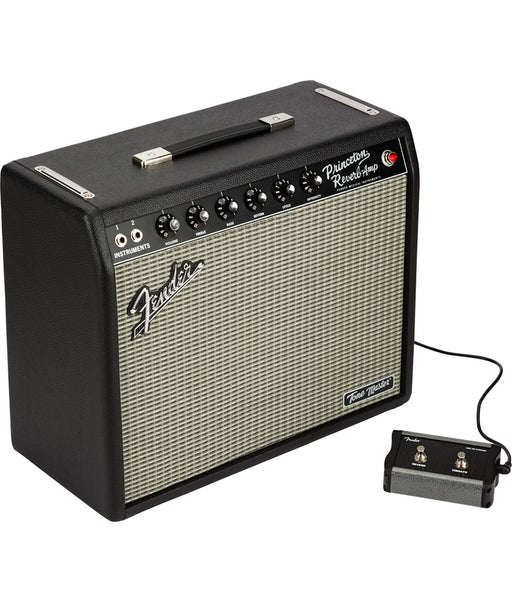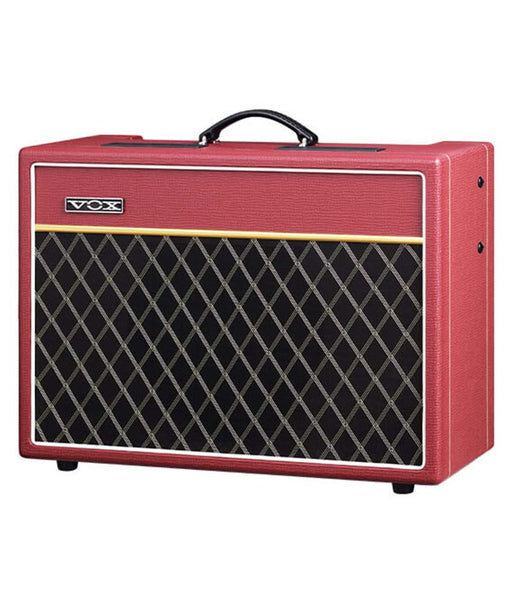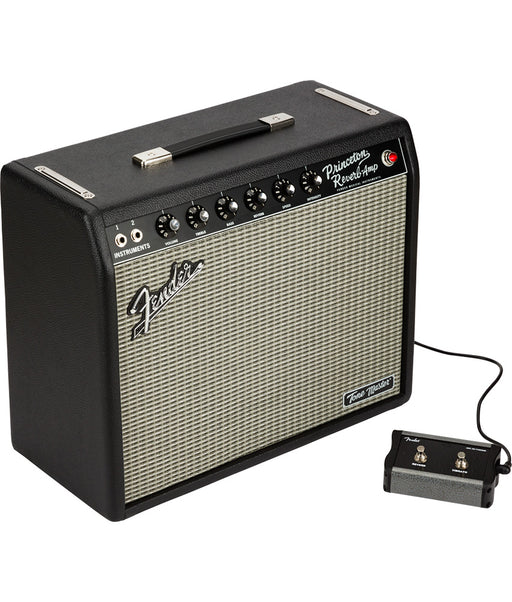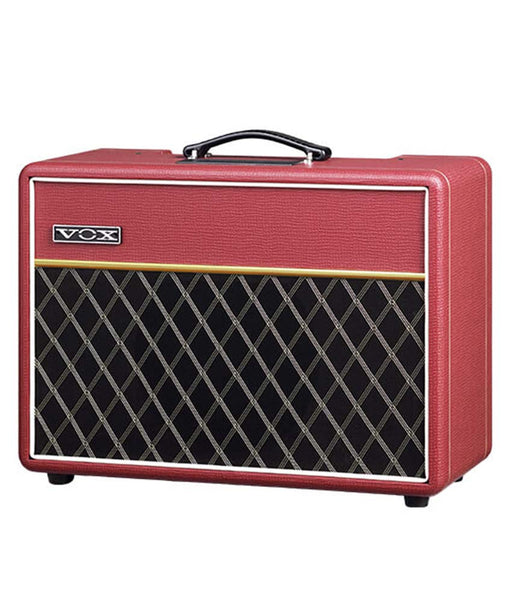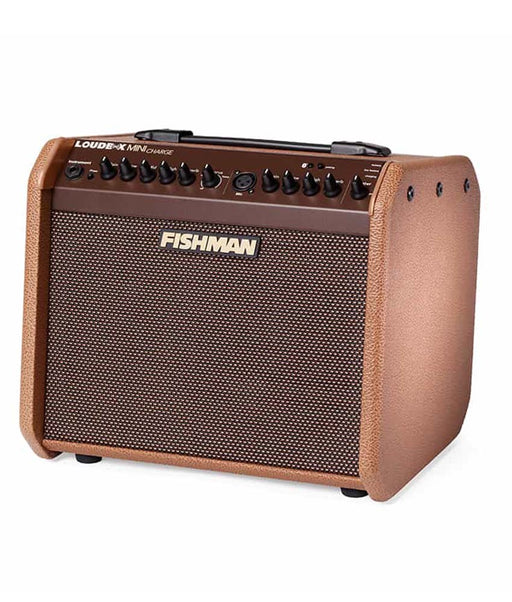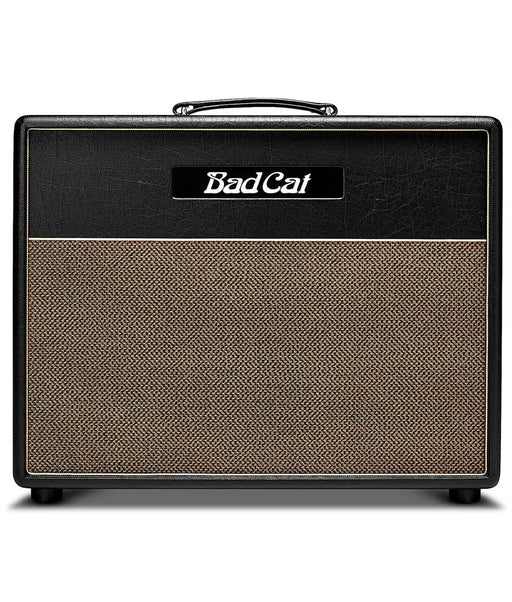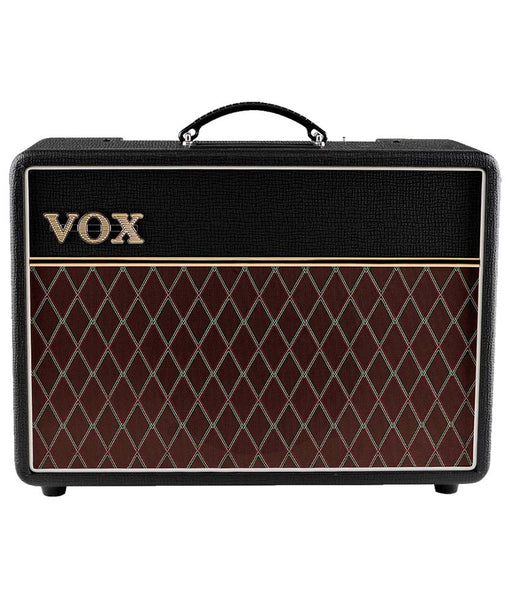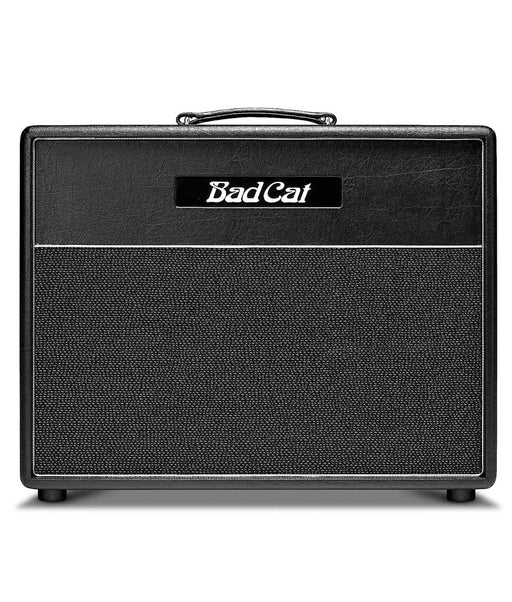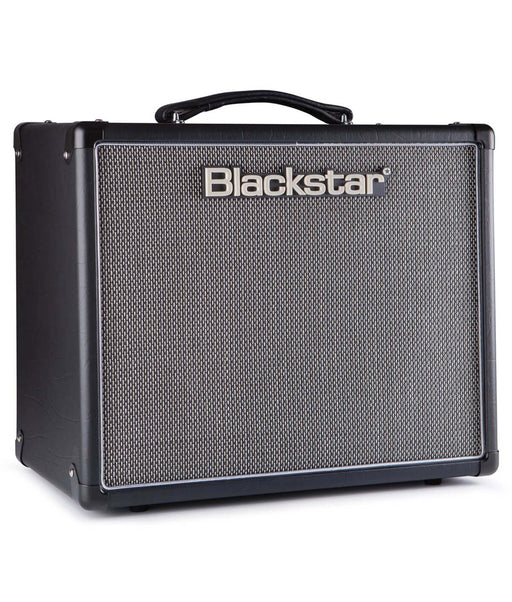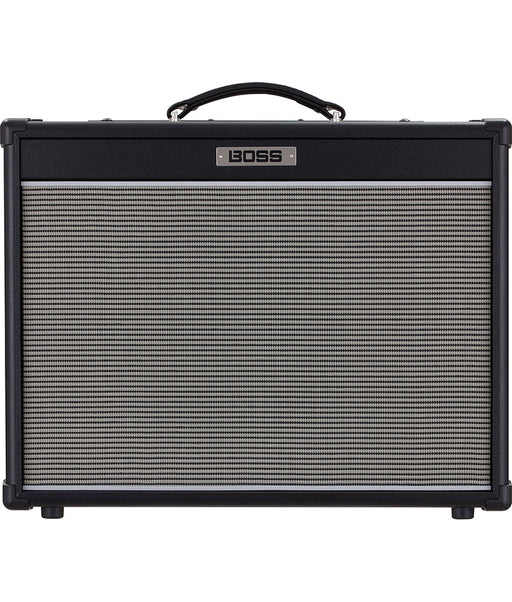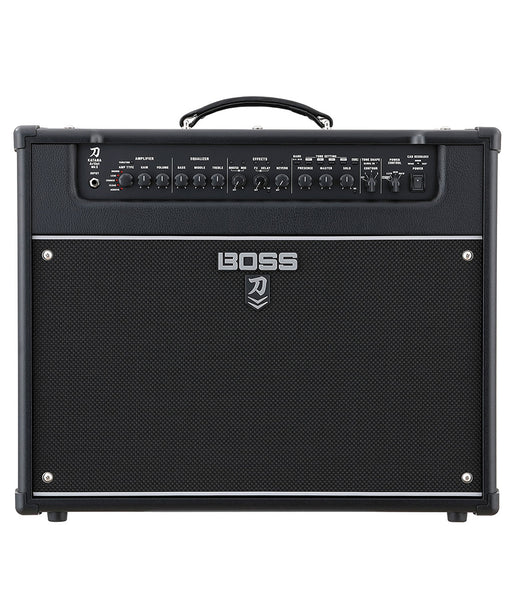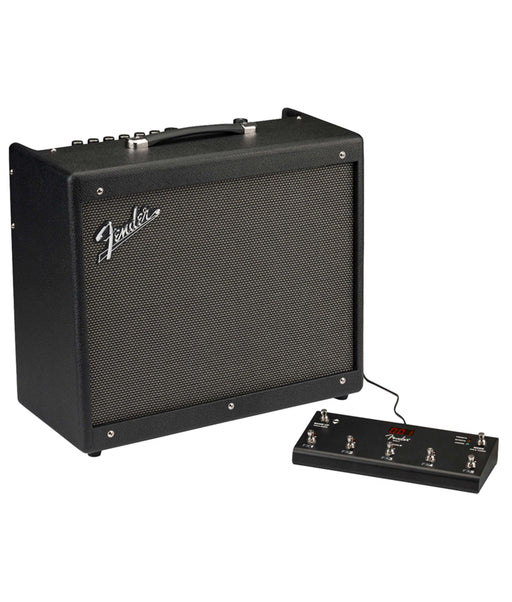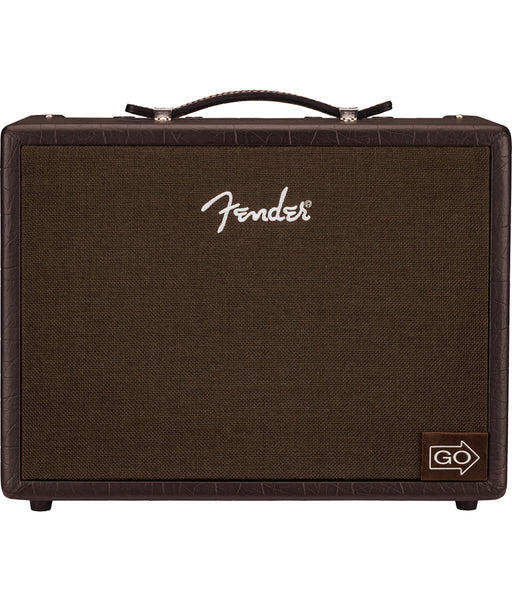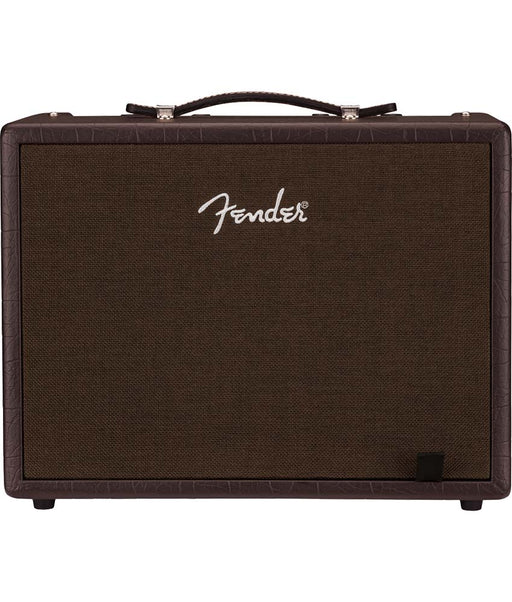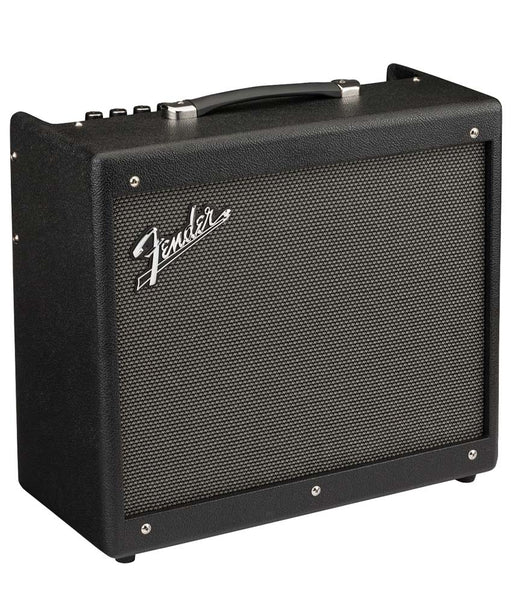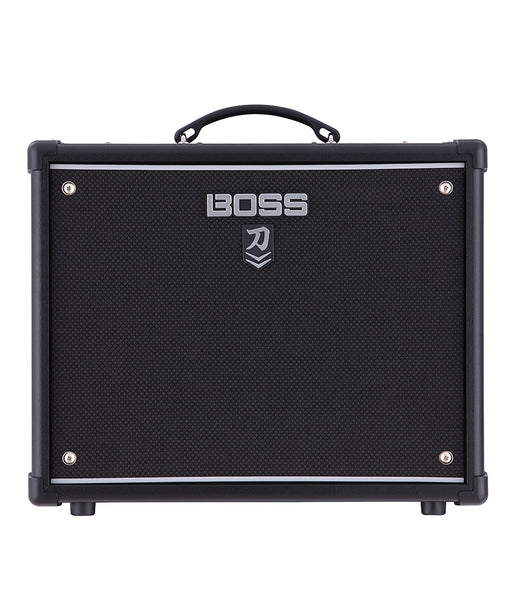Amplifiers
Filters
-
Pre-Owned Fender EC Tremolux Eric Clapton Signature 12-Watt 1x12" Guitar Combo Amplifier | Used
Original price $3,199.00 - Original price $3,199.00Original price$3,199.00$3,199.00 - $3,199.00Current price $3,199.00| /Pre-Owned Fender EC Tremolux Eric Clapton Signature 12-Watt 1x12" Guitar Combo Amplifier Built to Eric Clapton's specifications and handmade in th...
View full details -
Bad Cat Amplifiers Jet Black Head - 38W Guitar Amplifier
Original price $2,199.00 - Original price $2,199.00Original price $2,199.00$2,199.00$2,199.00 - $2,199.00Current price $2,199.00| /- Designed and Built in Southern California - Custom Bad Cat Transformers - 38 Watts - 4 - EL84 Power Tubes - 3 - 12AX7 Tubes - 2 Channels - Indepe...
View full details -
Bad Cat Black Cat 1x12 Combo Amplifier - 20W
Original price $2,099.99 - Original price $2,099.99Original price$2,099.99$2,099.99 - $2,099.99Current price $2,099.99| /Bad Cat Black Cat 1x12 Combo Amplifier - 20W EL84, 2 Channel, Vintage Hi/Lo Voices The lineage of the Black Cat goes all the way back to the ...
View full details -
Gibson Falcon 20 1x12 Combo Electric Guitar Amp - Cream Bronco, Oxblood Grille
Original price $1,799.00 - Original price $1,799.00Original price$1,799.00$1,799.00 - $1,799.00Current price $1,799.00| /VINTAGE TONE... REIMAGINED!Gibson is proud to introduce the new Falcon 20 1x12 Combo amplifier. It pays homage to Gibson's legendary past as one of...
View full details -
Pre Owned Bad Cat Hot Cat Amplifier Head - 45W
Original price $1,899.99Original price $1,899.99 - Original price $1,899.99Original price $1,899.99Current price $1,500.00$1,500.00 - $1,500.00Current price $1,500.00| /Pre Owned Bad Cat Hot Cat Amplifier Head - 45W, EL34, 2 Channel, Hot / Clean Voices The new Hot Cat has been reimagined into an amplifier of virtu...
View full details -
Gibson Falcon 5 1x10 Combo Electric Guitar Amp - Cream Bronco, Oxblood Grille
Original price $1,499.00 - Original price $1,499.00Original price$1,499.00$1,499.00 - $1,499.00Current price $1,499.00| /VINTAGE TONE... REIMAGINED!Gibson is proud to introduce the new Falcon 5 1x10 Combo amplifier. It pays homage to Gibson's legendary past as one of ...
View full details -
Vox AC30C2 Vintage Red Limited Edition 2 x 12″ 30 Watts RMS Tube Amplifier
Original price $1,819.99Original price $1,819.99 - Original price $1,819.99Original price $1,819.99Current price $1,399.99$1,399.99 - $1,399.99Current price $1,399.99| /Vox AC30C2 Vintage Red Limited Edition 2 x 12″ 30 Watts RMS Tube Amplifier The AC30 is now available in the limited Classic Vintage Red cosmetics,...
View full details -
Blackstar HT Venue Club 40 MKIII 40W 1x12 Combo Amplifier
Original price $1,399.99Original price $1,399.99 - Original price $1,399.99Original price $1,399.99Current price $999.99$999.99 - $999.99Current price $999.99| /Blackstar HT Venue Club 40 MKIII 40W 1x12 Combo Amplifier Equipped with 2 channels and 4 footswitchable voices the HT Club 40 MK III is the ideal ...
View full details -
Fender Tone Master Princeton Reverb Guitar Amplifier, 120V
Original price $949.99 - Original price $949.99Original price$949.99$949.99 - $949.99Current price $949.99| /The Tone Master Princeton Reverb is one of the most versatile and prized guitar amplifiers of all time. It's versatile enough to go from the bedroo...
View full details -
Vox AC10C1 Vintage Red Limited Edition 1 X 12" 15-Watt Tube Amplifier
Original price $1,119.99Original price $1,119.99 - Original price $1,119.99Original price $1,119.99Current price $829.99$829.99 - $829.99Current price $829.99| /Vox AC10C1 Vintage Red Limited Edition 1 X 12" 15-Watt Tube Amplifier This is a limited series! The AC15 is now available in the limited Classic V...
View full details -
Pre Owned Fender Tone Master Princeton Reverb Guitar Amplifier, 120V
Original price $899.99Original price $899.99 - Original price $899.99Original price $899.99Current price $780.00$780.00 - $780.00Current price $780.00| /Pre Owned Fender Tone Master Princeton Reverb Guitar Amplifier, 120V The Tone Master Princeton Reverb is one of the most versatile and prized guit...
View full details -
Vox AC10C1 Vintage Red Limited Edition 1 X 10" 10-Watt Tube Amplifier
Original price $811.99Original price $811.99 - Original price $811.99Original price $811.99Current price $599.99$599.99 - $599.99Current price $599.99| /Vox AC10C1 Vintage Red Limited Edition 1 X 10" 10-Watt Tube Amplifier The AC10 is now available in the limited Classic Vintage Red cosmetics, with...
View full details -
Fishman PRO-LBC-500 Loudbox Mini Charge Amplifier, 60 watt
Original price $786.99Original price $786.99 - Original price $786.99Original price $786.99Current price $589.95$589.95 - $589.95Current price $589.95| /The Loudbox Mini Charge is a portable, battery-powered amplifier designed to faithfully reproduce the sound of acoustic instruments and a diverse a...
View full details -
Pre Owned Bad Cat Black Cat 1x12 Extension Cabinet | Used
Original price $649.99Original price $649.99 - Original price $649.99Original price $649.99Current price $584.99$584.99 - $584.99Current price $584.99| /Pre Owned Bad Cat Black Cat 1x12 Extension Cabinet Bad Cat Black Cat 1x12 Cabinet - Gold Weave Grille, Gold Piping The lineage of the Black Cat g...
View full details -
Vox AC10 Custom 1 X 10" 10 Watt Guitar Combo Amplifier
Original price $579.99 - Original price $579.99Original price$579.99$579.99 - $579.99Current price $579.99| /Vox AC10 Custom 1 X 10" 10 Watt Guitar Combo Amplifier The AC10 was one of the first amplifiers to bear the VOX name and has long been adored for ...
View full details -
Pre-Owned Bad Cat Hot Cat 1x12 Extension Cabinet
Original price $649.99Original price $649.99 - Original price $649.99Original price $649.99Current price $575.00$575.00 - $575.00Current price $575.00| /Pre-Owned Bad Cat Hot Cat 1x12 Extension Cabinet Bad Cat Hot Cat 1x12 Extension Cabinet - Silver Speckled Grille, Silver Piping SPECIFICATIONS: 1...
View full details -
Blackstar Studio HT-5R MKII 5W 1x12 Combo Amplifier w/Reverb
Original price $794.99Original price $794.99 - Original price $794.99Original price $794.99Current price $540.00$540.00 - $540.00Current price $540.00| /Blackstar Studio HT-5R MKII 5W 1x12 Combo Amplifier w/Reverb Killer tones and innovative features make the HT-5R MkII the ultimate studio and prac...
View full details -
Pre-Owned Boss Nextone Artist 1x12" 80-watt Combo Amp
Original price $899.99Original price $899.99 - Original price $899.99Original price $899.99Current price $530.00$530.00 - $530.00Current price $530.00| /The Boss Nextone Artist 1x12" 80-watt Combo Amp combines classic tube sound and feel with next-generation tonal diversity. Distinctive channel voi...
View full details -
Boss KATANA Artist MkII 1x12" 100-watt Combo Amp
Original price $899.99Original price $899.99 - Original price $899.99Original price $899.99Current price $529.99$529.99 - $529.99Current price $529.99| /The Katana-Artist MkII is the the premier model in the Katana lineup. Onboard effects categories have been expanded from three to five. Exclusive ...
View full details -
Fender Mustang GTX100 Modeling Amplifier - 120V
Original price $499.99 - Original price $499.99Original price$499.99$499.99 - $499.99Current price $499.99| /Fender Mustang GTX100 Modeling Amplifier - 120VMustang GTX is a better, bolder guitar amp with an unprecedented feature set and unbeatable performa...
View full details -
Fender Acoustic Junior GO, 120V Amp
Original price $499.99 - Original price $499.99Original price$499.99$499.99 - $499.99Current price $499.99| /The Acoustic Junior GO amplifier delivers full, natural, best-in-class performance for acoustic-electric guitar and vocals. This powerful, portable...
View full details -
Fender Acoustic Junior, 120V Guitar Amp
Original price $399.99 - Original price $399.99Original price$399.99$399.99 - $399.99Current price $399.99| /The Acoustic Junior amplifier delivers full, natural, best-in-class performance for acoustic-electric guitar and vocals. This powerful, portable sy...
View full details -
Fender Mustang GTX50 Modeling Guitar Amp, 120V
Original price $399.99 - Original price $399.99Original price$399.99$399.99 - $399.99Current price $399.99| /Mustang GTX is a better, bolder guitar amp with an unprecedented feature set and unbeatable performance. A wide selection of accurate and versatile...
View full details -
Boss KATANA-50 MkII Guitar Amp, 50W
Original price $349.99Original price $349.99 - Original price $349.99Original price $349.99Current price $249.99$249.99 - $249.99Current price $249.99| /Katana 50 watt guitar amp • Stage-ready 50-watt combo amp with a custom 12-inch speaker • Tube Logic design approach produces class-defying power,...
View full details

